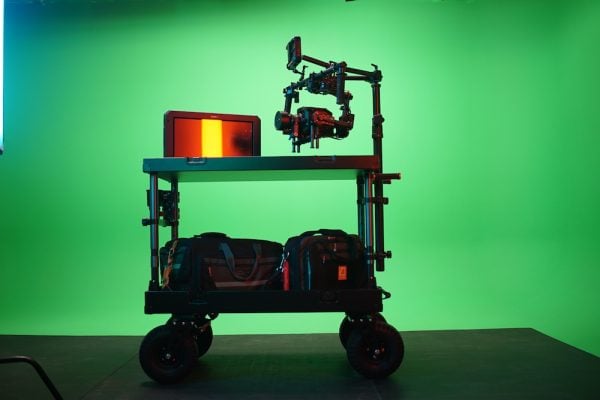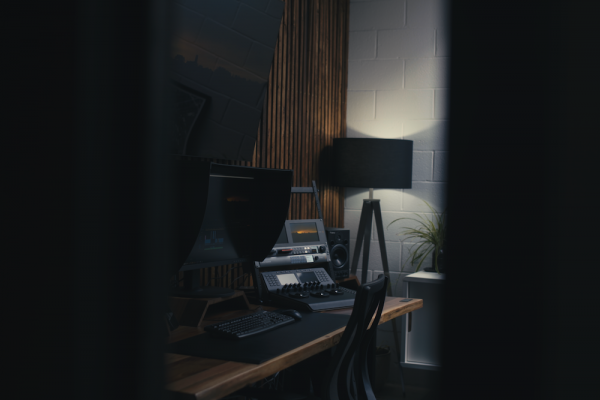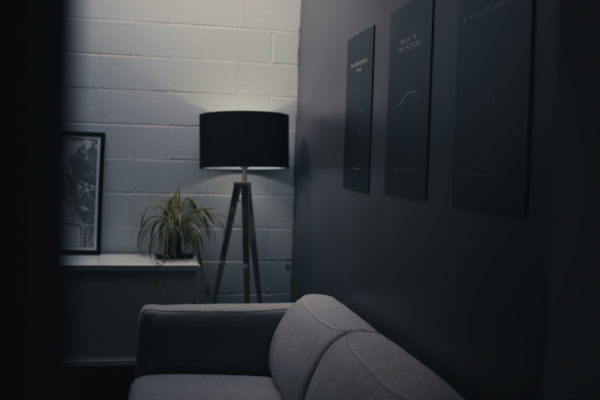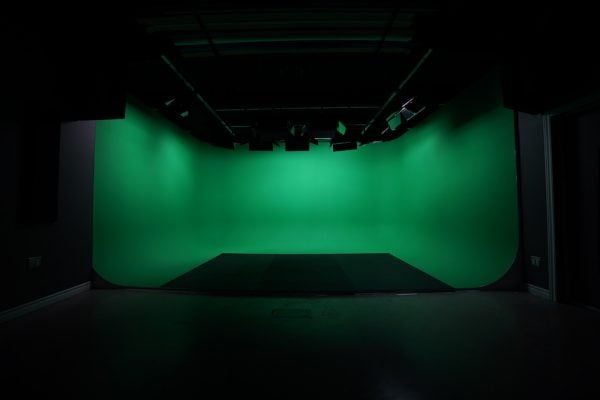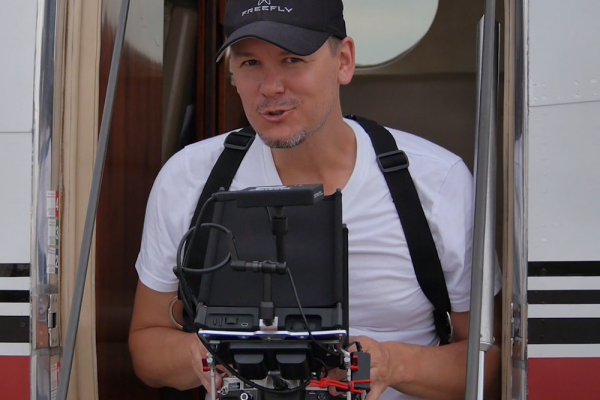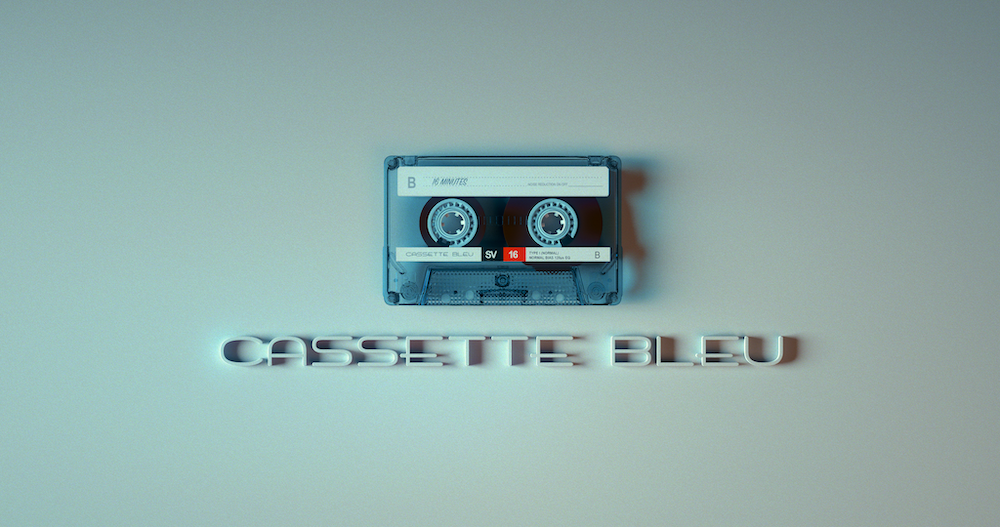Marc Morissette spent two decades working on Hollywood features before establishing Cluster: a VFX company all of his own. Below, Marc explains what to watch out for if you’re thinking of building your own boutique, how to thrive in this challenging and highly competitive market, and how platforms like ftrack Studio and ftrack Review can help.
Find your niche and establish your approach
The first step to becoming an entrepreneur of any kind is research. Visual effects is no exception. Before I opened Cluster, I focused on several research tasks to find a profitable niche.
First, I looked into what inspired me in the industry and considered how I could recreate it at Cluster. The idea of creating feature-quality visual effects for three-minute creative ads was exciting, and I knew this was the direction I wanted to go in. I also knew I wanted to open a studio near my family in Montreal. I always thought there was a good synergy between the agencies and visual effects houses in London’s market, especially when it came to short-format work – so I was inspired by that system.
I did some research into the kind of client I wanted to help with this kind of content creation. Before starting Cluster, I encountered many creatives who wouldn’t knock on a post house’s door: they assumed the visual effects would be too expensive. I wanted to attract precisely these kinds of clients with a boutique VFX approach.
Next, I looked into the strategies I needed to offer feature-quality, budget-friendly VFX while remaining profitable. I found the solution was an all-in-one approach to service. A fixed project budget can cause a lot of stress: it’s easy to spend a lot of it on talent or production and subsequently suffer a lack of resources in post. By opening a full-service studio, I could offer clients everything from R&D and on-set VFX supervision through to offline, online and DI delivery under one roof. Clients can set aside the budget for post early, knowing we’ll deliver through to the end.
With this in mind, I also decided to expand into virtual production. Virtual production allows clients to preview a representation of what final CG will look like early on. Seeing this preview helps us to make informed decisions on what we need to build in 3D before the shoot; often eliminates unforeseen costs due to last-minute changes; and puts less pressure on your artists—which leads me on to my next piece of advice.
Learn how to prioritise people over output
Once, working at a studio, I was asked at 5 pm whether I could stay late to finish a shot. Being a father I couldn’t work nights when I had my daughter to pick up from school, and I felt this extra pressure and guilt coming from production.
To put it simply: such guilt should never be felt or experienced by any artist. Ever.
To anyone starting a studio and intending to avoid this kind of situation, my advice is to ensure you and every leader you hire are well-trained in managing people. Excellent management is a crucial part of running any business, especially a VFX company.
Many artists face unique stressors in this industry: it’s normal to be working outside your home country, living away from family and significant others; it’s normal to move every six months to get work. Such upheaval can be rough on artists. Leaders have a responsibility to nurture, rather than exploit, that passion. So, if you’re thinking of starting a post house, remember these artists are the most important asset you have. Without talent, your final product will suffer. Bad management practices such as underbidding will eventually rob artists of morale, and everything is interconnected. So I repeat: root the core of your business in good management.
It’s important to remember that, in this industry, managers must be great communicators. If an artist is struggling, managers need to be proactive and speak to them. You can easily say, “That artist sucks,” but too rarely do people go on to consider why. Has somebody talked to them? What’s happening in their life? A great manager knows if they take the time to go over and help, they’ll receive the best team performance.
Avoid bias and seek a wide variety of expertise
Managers also need to avoid bias when evaluating work. A lead should understand that even if they could perform a task in an hour, the same task will take longer for an artist new to the role. Rid yourself of ego and remember everyone is at a different stage in their life’s journey. A new or growing studio won’t be packed with experts.
Also, aspire to build teams with diverse experience. When I first got into VFX, studios seeking to create believable digital effects regularly requested external expertise from sculptors, puppeteers, urban planners, mechanical engineers, hairdressers, and more—having people from all different backgrounds made for a much better final result. I’m not suggesting you should hire a puppeteer or a hairdresser for your studio, but you should always remember that the more viewpoints and perspectives you have on a team, the better for your business.
Build production pipelines with a long-term plan
When you’re starting a VFX company and you come up against a problem, you likely won’t have the cash flow to hire a TD to solve it. So, straight off the shelf, your software and equipment need to be as user-friendly as possible. Your software should also all be compatible with your business goals.
When I started Cluster, my mission was to establish a positive, well-managed in-house environment and offer clients a full-service solution for professional effects. My long-term goal was to set up a virtual production studio. Everything I bought was compatible with both my mission and my long-term goal.
ftrack Studio is a perfect example of this kind of thinking. I already used ftrack Studio to assign and approve shots at big studios, so I was confident it would work straight off the shelf at Cluster. ftrack Studio’s integration with software like Nuke Studio and Unreal Engine also meant it easily fit in with what I had planned for Cluster’s compositing and virtual production pipelines.
Most importantly, by using ftrack Studio, I could instantly see what every artist at Cluster was working on. That oversight empowered me to analyse important project data like a burn rate of money versus time and better manage artist availability. With ftrack Studio, I could determine whether we needed more talent and ensure nobody was overworked. Production tracking insight like that afforded by ftrack Studio is essential when starting as a small business owner and working on multiple projects.
Foster excellent relationships
A huge entrepreneurial challenge posed by the post-production industry is balancing creativity with profit. Post isn’t the kind of industry where you can say: “Ok, I’ll do ten shots a day for the next year and break even.” Everything is project-dependent, and if projects stop, the money fluctuates. Many factors impact this that are difficult to control. All I can say is that it’s essential to treat every project as a learning experience. Don’t set your financial strategy and client relationship model set in stone. Let it evolve with experience.
What is controllable, however, is fostering the right relationships. For example, I believe it’s vital we create more synergy between smaller companies. If you’re starting a small boutique, don’t see others as competition: when working on bigger, high-end VFX productions that require increased capacity, other boutiques can become invaluable partners.




Some of Cluster’s concept work.
Say “no”
My final piece of advice might sound counterproductive: don’t agree to every project that comes your way. Saying “no” can save you trouble in the long run.
When I’m looking into a project, I’ll meet prospective clients on Zoom to ensure we meet their needs and see if they align with our philosophies. I don’t want to force a director to work with us when we don’t sit right with their vision. I also don’t want to risk saying yes to a project which may encourage bad management practices on our end; it will impact Cluster financially in the long term. Turning down these potentially burnout-heavy projects is a win-win for everybody! The artist wants to come back to work the next day, the client is excited about their final product, and you as the studio get to reap the benefits of a positive environment. Everybody is a winner.
Ultimately, I genuinely believe that if a movie was great, it’s because everyone had fun making it. Without that, you don’t have anything. Such is filmmaking. The process can be challenging, but people can have great fun solving the problems together. That’s what I want others to feel when they come to Cluster.
I’m not saying you can change the whole industry by starting one studio, but you can certainly do your small part to try.
Try ftrack at your studio
Start your free trial to see how ftrack Studio’s off-the-shelf features can help get your first project going.
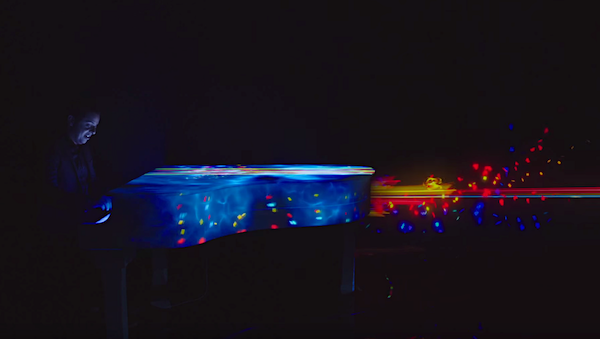
More from the blog
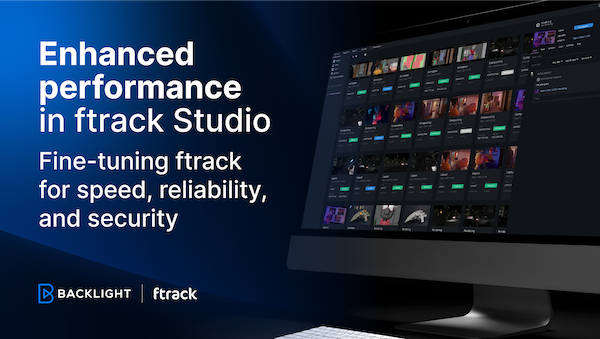
Enhanced performance in ftrack Studio: Fine-tuning for speed, reliability, and security
Chris McMahon | API, Developer, New features, Product, Productivity, Studio | No Comments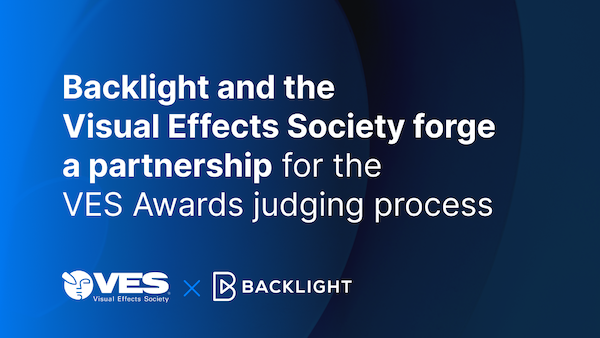
Backlight and the Visual Effects Society forge a partnership for the VES Awards judging process
Kelly Messori | Case Study | No Comments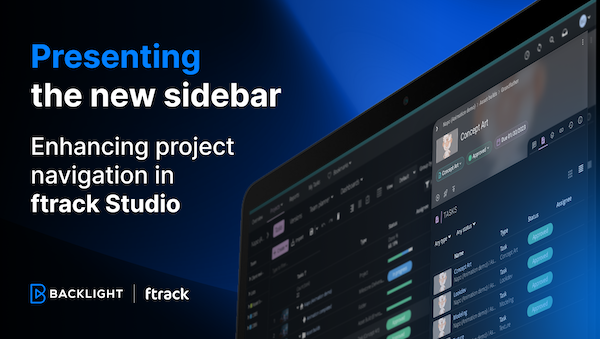
Presenting the new sidebar: Enhancing project navigation in ftrack Studio
Chris McMahon | New features, Product, Release, Studio | No Comments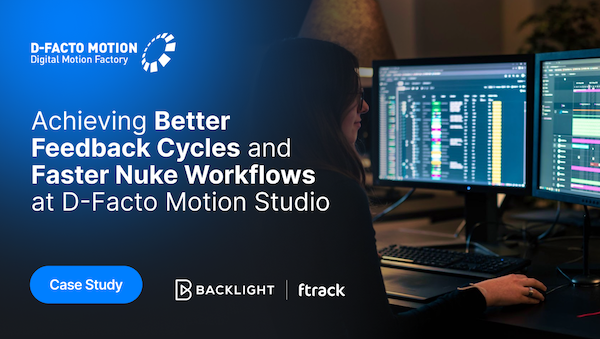
Achieving Better Feedback Cycles and Faster Nuke Workflows at D-Facto Motion Studio
Kelly Messori | Case Study, Studio | No Comments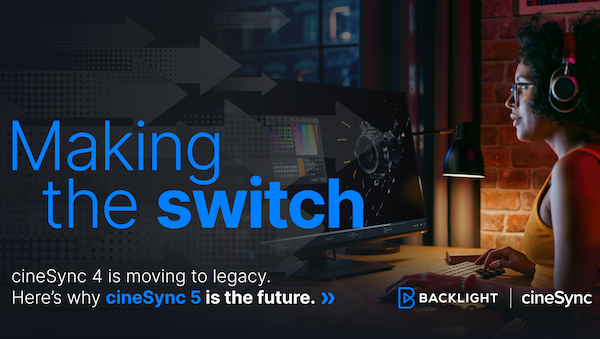
Making the switch: The transition to cineSync 5
Mahey | Announcements, cineSync, News, Product | No Comments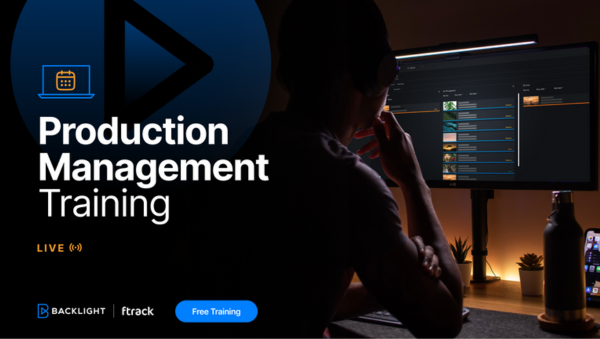
Supporting Your Studio: Free ftrack Studio Training and Office Hours from Backlight
Kelly Messori | News | No Comments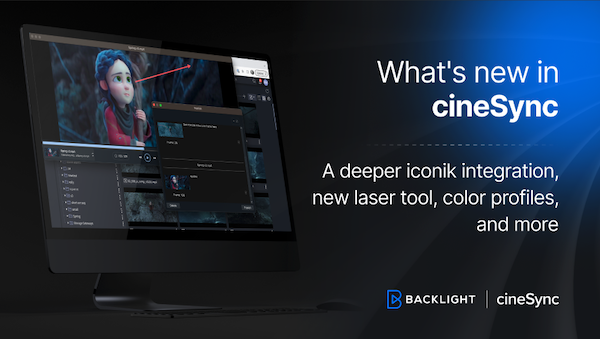
What’s new in cineSync – a deeper iconik integration, laser tool, OTIOZ support, and more
Chris McMahon | cineSync, New features, Product, Release | No Comments

